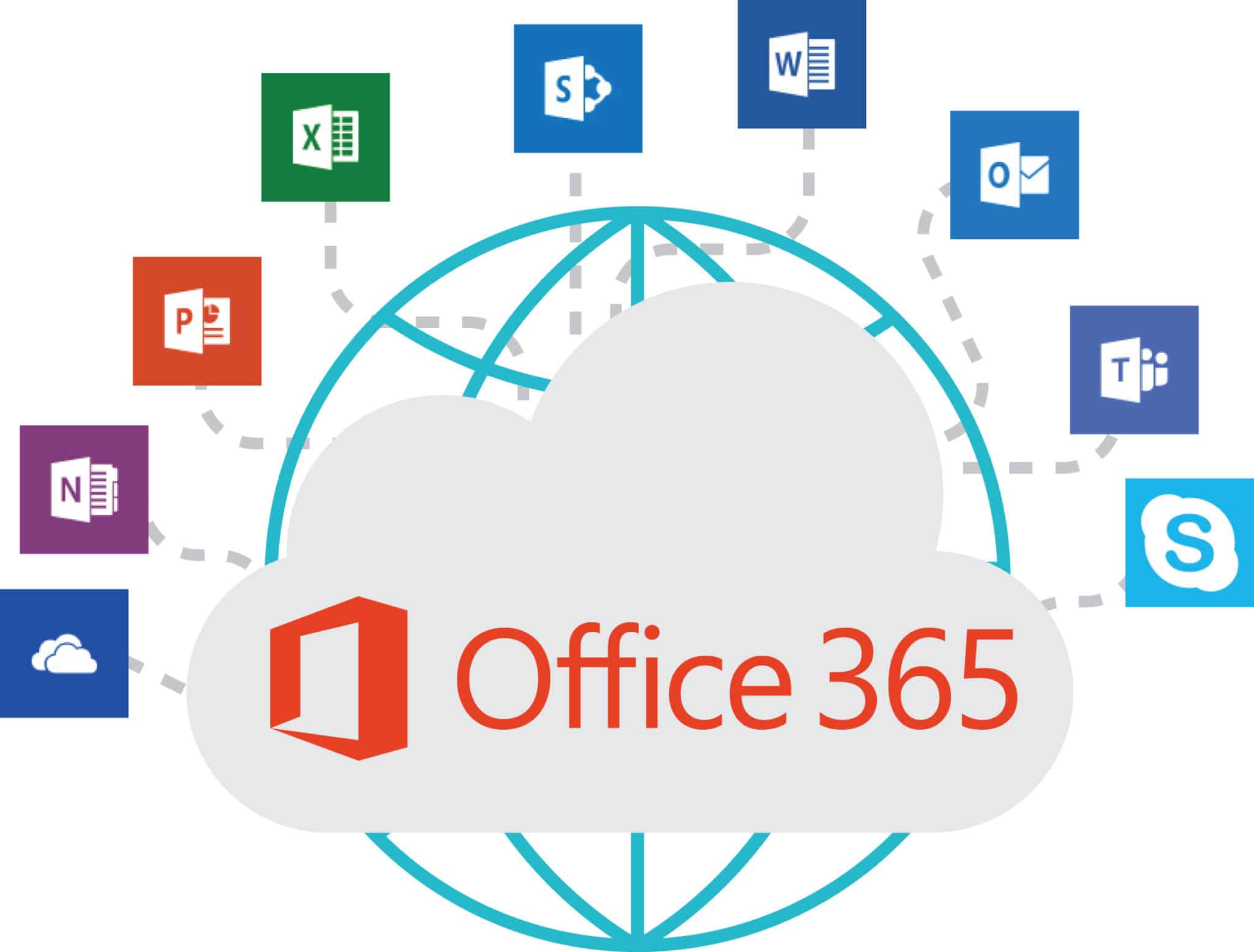

Microsoft Office (2013, 2016, 2019) are software suites which you purchase upfront, with a one-time perpetual licence, install on your computer and use for life. If you want to access the latest version, you have to buy a new copy of the latest edition to be able to use all the new features. And just so you know, Microsoft Office dates back nearly three decades, where early versions combined Word, Excel and PowerPoint into a discounted bundle. Microsoft brand names can be a little confusing. There has been a lot of “Office” and “Microsoft” bandied around over the years! Here’s a quick recap which describes the clear differences between them: What’s the difference between Microsoft Office and Microsoft 365?


However, the new brand name, Microsoft 365, is slowly being adopted and we anticipate to see more references to it as it starts to filter around the web. The official line from Microsoft is “Microsoft 365, formerly Office 365” and despite the rebrand, we expect to see the suite referred to as Office 365 for a while to come. With the world in lockdown, this rebranding launch passed many of us by. This change is the opportunity for Microsoft to tie the powerful productivity features and services of Office 365 together with the platform-centric features of Microsoft 365, continuing the Microsoft progression of unifying its brands under fewer banners.
#Office microsoft 365 for windows 10#
Up until recently, Microsoft 365 was an enhanced variant of Office 365 that also included options for Windows 10 desktop licences, the Intune device management solution, and more – providing a true one-stop solution for organisations happy to put their faith entirely in Microsoft as a solution provider.Īll applications included in the various versions Office 365 remain the same, along with service levels and subscription packages for current customers –it’s just the brand name that has changed. What is Microsoft 365?Ī few months ago, on 21st April 2020, Microsoft officially rebranded Office 365, effectively changing the name from Office 365 to Microsoft 365 – but only for specific licence types – namely the small and medium business SKUs Office 365 contains the same core desktop applications as the traditional versions of Microsoft Office, such as Word, Excel, PowerPoint and Outlook, as well as a suite of other apps and online services for cloud file storage, secure communication, and collaboration. Tools such as Planner, OneDrive, Exchange, SharePoint, Yammer and Microsoft Teams all come together to provide an unparalleled user experience.

Launched by Microsoft back in June 2011, this subscription-based service is paid on either a monthly or annual basis providing an incredibly cost-effective way for organisations to consume their productivity workloads.
#Office microsoft 365 software#
Office 365 is a Software as a Service (SaaS) solution that combines the traditional Microsoft Office desktop applications, Microsoft application services, and some new productivity services, all of which are enabled as consumable services from within Microsoft’s Azure cloud platform. We increasingly see references online to both Office 365 and Microsoft 365 – but what are they? Which one should you be using? What benefits do they deliver? And is there actually any difference between the two? Discover more in this post.


 0 kommentar(er)
0 kommentar(er)
